China has begun work on a 1,700km railway line between Sichuan and Tibet, a project that one Chinese engineer described as “the riskiest in the world”.
The line, costed at just under $37bn, will connect the city of Chengdu in south central China with Lhasa, the capital of the Tibet Autonomous Region.
It will be the second link to China’s far west, following on from the 2,000km Qinghai project that was completed in 2006. This line, which reached 5km above seal level, connected Tibet to northern China.
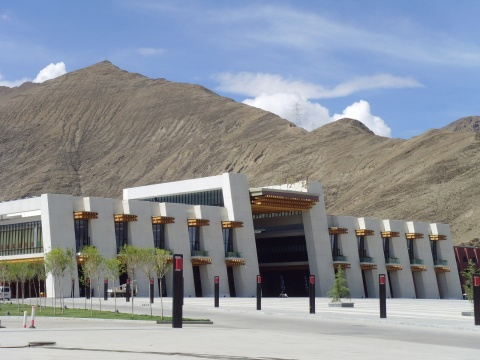
Thesdfem (Fastbrick)
When the line is finished, it will have a maximum speed of between 160 and 200km/h, and will cut the travel time between Chengdu and Lhasa from 48 hours to about 13. Â
You Yong, the chief engineer at the Institute of Mountain Hazards, told the Xinhua news agency: “The construction and operation of the Sichuan-Tibet railway must overcome the biggest risks in the world.”
The project, which was approved in October 2014, is being built by China Railway Eryuan Engineering Group, a subsidiary of China Railways.
It has already begun work at either end of the line, however the longest and most difficult stretch, is still under design. This is the phase between Kangding in western Sichuan and Nyingchi in Tibet, which covers the southeast Tibetan plateau.
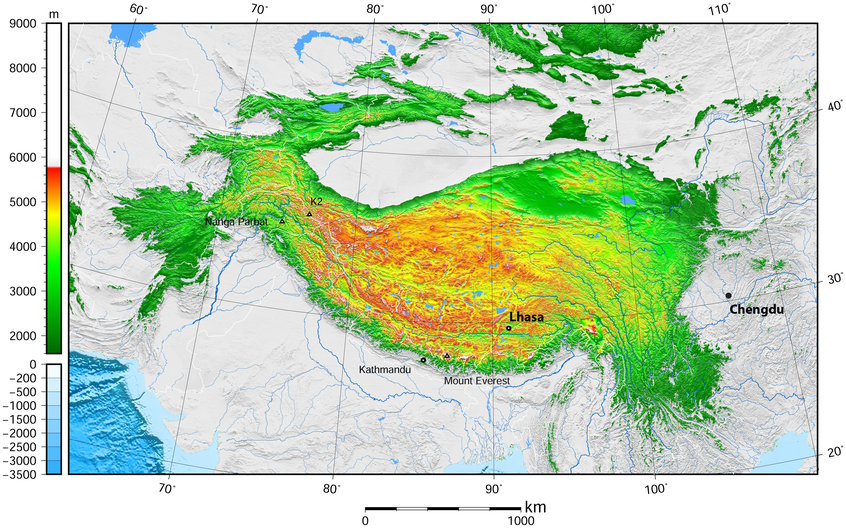
topological map of the ground the line will cover (GCR/Creative Commons)
Engineer You said the dangers of this section include relatively frequent earthquakes, particularly in the Longmen Mountains and Yarlung Zangbo River seismic belts. Among the difficulties, too, are sudden changes in elevation, frequent landslips and avalanches, and a fragile ecology.
He told China Daily: “The regions along the railway have the most developed, most active, most diverse and most serious mountain hazards in China. Constructing a railway in such a complicated geological environment will face a lot of scientific and technological difficulties. And the prevention and control of mountain hazards will be key to its success.”
Construction of that phase is not expected to begin until 2019, and could take about seven years to complete.
You’s Mountain Institute has been analysing the route of the railway for the past three years. It has set up a database to list the risks, and has carried out experiments on mitigating them.
Top image: The long haul: an NJ2 locomotive covers ground on the Qinghai-Tibet route (Jan Reurink/Creative Commons)
Further Reading:
Comments
Comments are closed.





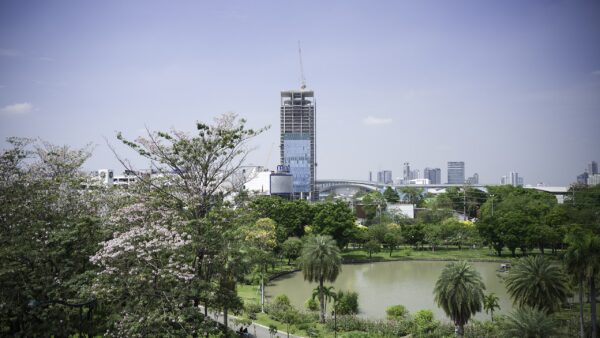

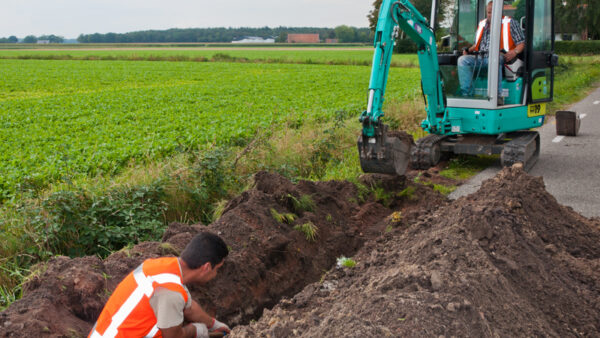
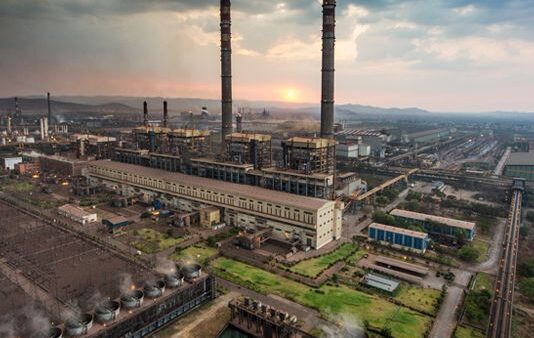


What is the expected completion date?
Certainly a project to fire the imagination!